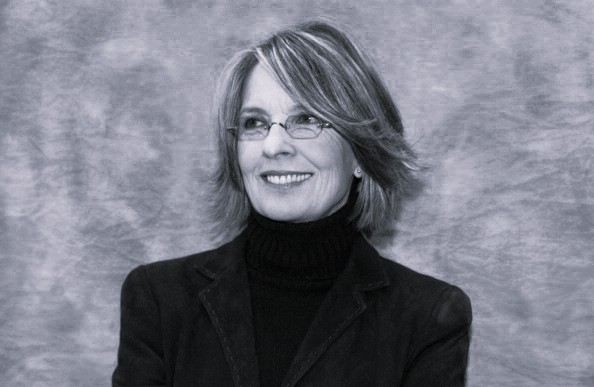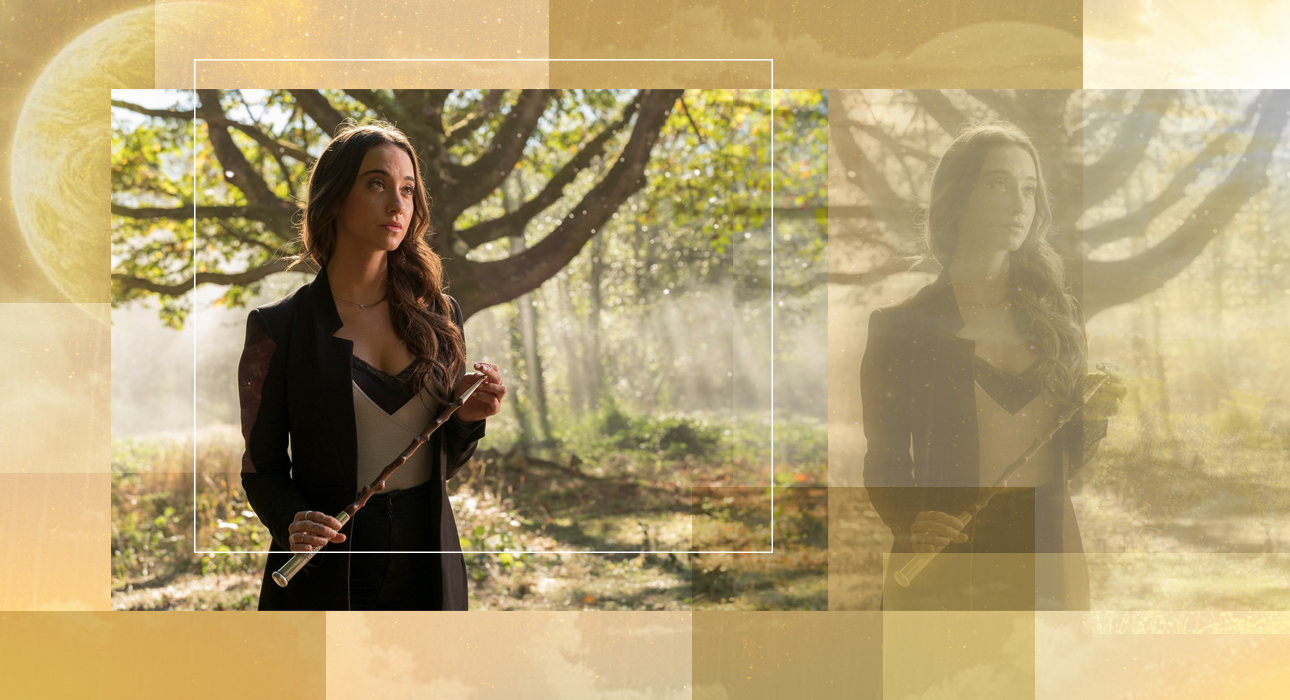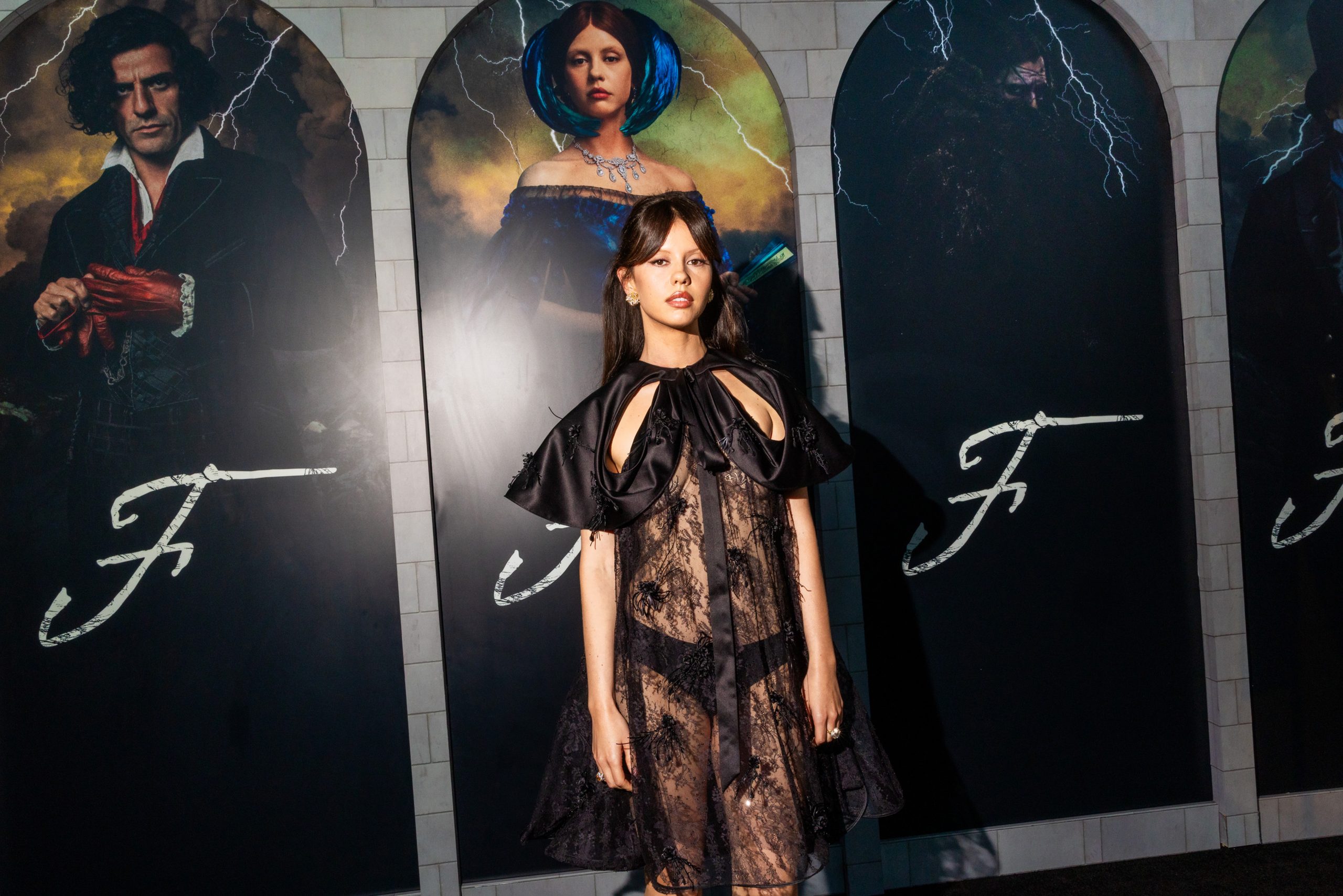When it comes to fashion, it’s Fashion Week every day somewhere in the world. Most unusual is that a European brand is marching into sub-Saharan Africa. Indeed, with its 2022-2023 Arts and Crafts Exhibition (to showcase the craftsmanship that the house is capable of in terms of embroidery, feathers, jewelry, etc.) presented in Dakar, Senegal on December 8, 2022, Chanel even becomes the first to do this, and this means a lot.

The Chanel Métiers d’Art 2022-2023 show took place in Dakar
After an opening performance to the music of young Senegalese singer Obree Daman, surrounded by dancers from the École des Sables founded by French-Senegalese choreographer Germaine Acogny (to a choreography by Dimitri Chamblas that day), the parade filled the old capital court with energy. Textured tweed suits, pearl necklaces, camellia and lion head jewels… All the Chanel codes were present, with a seventies pop-soul-funk-disco-punk touch and a color palette worthy of the country of Teranga (“hospitality” in Wolof, because Senegal has always been a place where peoples and cultures mix).
The house with the intertwined Cs explains on Instagram the choice of this destination for this event which could not be summed up in a simple 10-minute top stopwatch fashion show in search of exoticism, not to mention exoticism:
“The choice of Dakar to present the Métiers d’art Chanel – Dakar 2022-2023 collection is the result of meetings over the last three years between Virginie Viard and choreographers, directors, musicians and writers, all gathered with friends of the Maison, who are the plural inspiration behind this trip.
The show is part of a vast cultural program and is the starting point for a permanent exchange between the House and Senegal. »
More than a one-off show, a long-term collaboration between Chanel and Senegal
Conscious of its time, the fashion house Chanel has been spitting numerous contents on social networks for several weeks already to explain its approach, and to install it for the long term, as if it were necessary to prevent any accusation of cultural appropriation. For example, a 4-episode documentary series, directed by Ladj Ly (founder of the Kourtrajmé film schools in Dakar and Montfermeil) and his students, explores the different skills involved in this collection and their assemblage.

On the sidelines of the fashion show, round tables also made it possible to get to know local artists better, such as the Senegalese musician NIX. Guests can visit the sculptor Ousman Sowe’s studio and local craft markets. To broaden the reflection, Charlotte Casiraghi (ambassador of the house and member of the princely family of Monaco) dedicated an episode of the Literary Encounters rue Cambon (a sort of book club in videos and podcasts produced by Chanel) to the author Marie NDiaye (who won the 2009 Goncourt prize for his novel Three strong womenand currently starring as co-writer of the mighty film Saint-Omer by Alice Diop), with Senegalese actress Rokhaya Niang.

In addition to this multitude of collaborations and content to promote the talents of Senegal and its diaspora, Chanel is preparing through its Galerie du 19M (the 19M is the name of the meeting of the various artisan houses brought together by Chanel: Lesage, Massaro, Lemarié, Michel, Lognon, Goossens, etc.) also an exhibition in Dakar, at the Théodore Monod Museum-Fundamental Institute of Black Africa (IFAN), from 12 January to 31 March 2023. This event allows us to better understand the involvement of many Senegalese artists and craftsmen, including the set designer and architect in charge of the conservation of Senegalese national monuments, Mamy Tall, with the Métiers d’art de la maison au camélia. In short, more than a one-off fashion show, it is a long-term collaboration that has been intertwined for some years now between Chanel and Senegal, sign of a form of cultural appreciation. But how would that be good news?
Can a European luxury house support a decolonial project?
As a preamble to the fashion show and this rich cultural program, Chanel has also planned a stop on the island of Gorée, once the hub of the slave trade which has become a monument to the memory of this crime against humanity. In other words, rather than pretending to ignore the colonial past of Europe and of France in particular, the luxury maison on rue Cambon has decided to take on it, to better look to the future, not in a relationship of domination, but of collaboration fairest possible to weave a possible common future. This is especially noted by Pharrell Williams, with Fashion catwalkwith a touch full of understatement that is expected of a Chanel ambassador:
“It’s fortunate that it’s a French house, and to come back to a place that was once colonized by the French, with a sense of fairness…it’s a really nice exercise in humanity. »
While we might have feared the worst colonial missteps from the first European home to show in sub-Saharan Africa, we seem to be seeing something of a masterclass in this area. This collection, in the form of an artisanal and creative dialogue, is also political. Even the choice of date made it possible to arrive as a respectful highlight at Dakar Fashion Week, and thus to bring together a maximum of creatives from the continent, rather than chartering too many Western stars on a plane expressly for Chanel. And the exhibition at the Galerie du 19M Dakar also stands out for presenting Senegalese craftsmanship as important as the best craftsmen at Chanel.
If the industrialization of Western fashion owes much to colonization, and the very concept of luxury in Europe derives in large part from it, we can therefore underline how this Chanel show tried to bring a form of reparation through this demonstration of cultural appreciation. Without going so far as to say that the approach appears to be decolonial (it would be absurd to designate a fashion show organized by a French luxury house in Dakar), it can be noted that it raises a number of important questions about France’s relationship with its colonial past, and tries to weave a postcolonial future.
Front page photo credit: YouTube screenshot.
The latest articles on
fashion industry
-
Celio buys Camaieu at auction for 1.8 million euros
-
The winners of the British Fashion Awards set the temperature of the British fashion scene
-
Following the controversy, Balenciaga renews its apologies and announces a rehabilitation program
-
Rihanna’s Savage x Fenty brand condemned for its restrictive subscription system
-
This strong performance denounces fast fashion, well beyond Black Friday
-
What were the most searched brands, clothes and trends of 2022?
Source: Madmoizelle
Elizabeth Cabrera is an author and journalist who writes for The Fashion Vibes. With a talent for staying up-to-date on the latest news and trends, Elizabeth is dedicated to delivering informative and engaging articles that keep readers informed on the latest developments.




